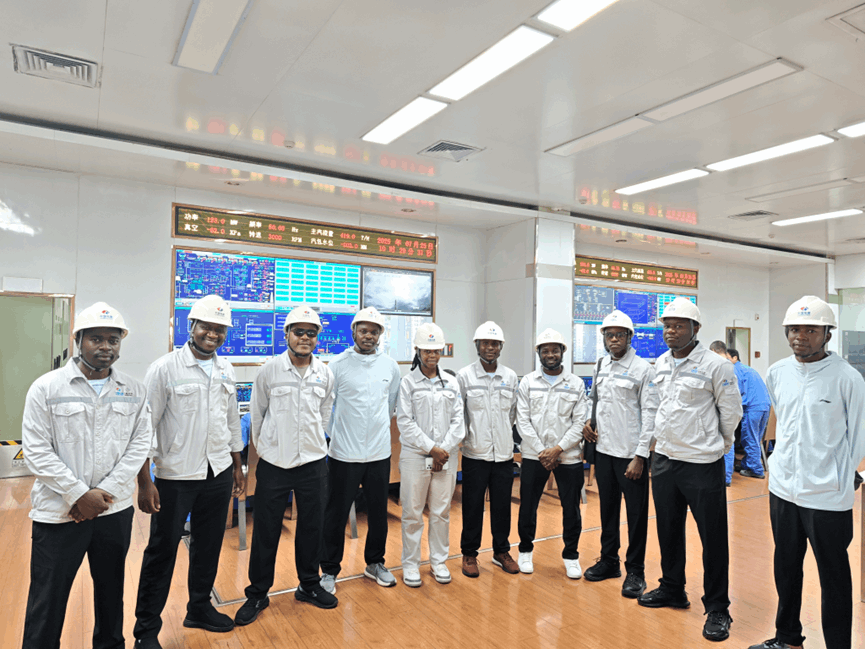
By Liu Yu
Photos by Liu Yu and Su Dongyang
Eleven engineers and technicians from Hwange Power Station recently returned from an intensive technical exchange program in Gansu Province, China—a journey that strengthened not only their professional skills but also the enduring bonds of China-Zimbabwe friendship.
Hosted at the Chongxin Power Station, the exchange offered the Zimbabweans hands-on exposure to advanced thermal power generation systems and a first-hand look at Chinese innovations in large-scale energy infrastructure. It also opened doors for cultural exchange and camaraderie in ways that went beyond the technical.
A Commitment to Powering Progress
The group, comprising senior maintenance engineers and emerging operators, departed from Harare on July 8, determined to make the most of the opportunity.
“This is my first time flying this far,” said 28-year-old electrical squad leader Remember Msindo after the 18-hour trip. “I came prepared to learn—with three notebooks in hand.”
Upon arrival in Lanzhou City, the team was welcomed with open arms by their Chinese counterparts. Their destination, Chongxin Power Station, is one of the region’s flagship energy facilities, known for its use of advanced automation and efficient 660 MW thermal units—double the capacity of the largest unit currently operating at Hwange.
Learning by Doing
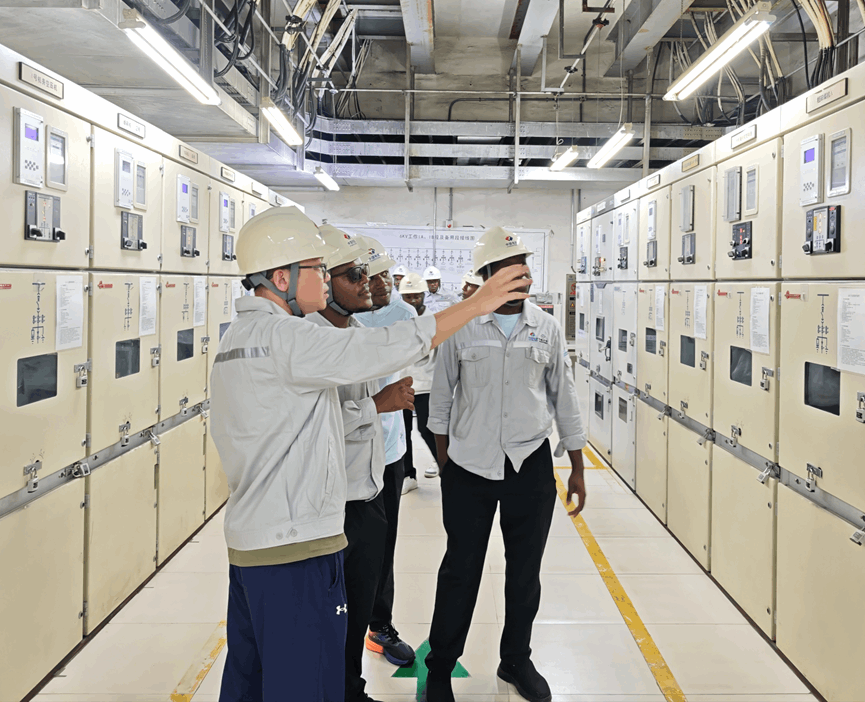
Training sessions combined rigorous classroom instruction with practical demonstrations. In the mornings, topics such as turbine mechanics and boiler systems were covered in detail. Afternoons were spent on-site, observing live maintenance procedures and getting a closer look at the inner workings of high-capacity power units.
“Seeing how they handle bearing seals gave me an idea we can apply directly at home,” said Tonderai Foroma, a mechanical engineer. “It’s been practical and inspiring.”
Standing before the massive turbines, CAD maintenance foreman Tashinga Chakaingesu marvelled, “You see something like this in textbooks—but standing here in person changes how you think about what’s possible.”
Related Stories
More Than Machines
The exchange extended far beyond the control room. Weekends were set aside for cultural immersion, giving the team a chance to explore life in Chongxin County—from sampling Lanzhou’s famous beef noodles to wandering through ancient temple grounds.
“The sense of history in this place is deep,” said Courage Matsakanure while visiting Longquan Temple. “As Zimbabwe continues to grow, we can learn a lot from how China balances development with cultural preservation.”
Shared experiences—like a friendly football match between the trainees and their hosts—broke language barriers and built genuine friendships.
“The barbecue we had reminded me of home,” said Juak Juak. “But it’s the warmth of the people that I’ll remember most.”
A Stronger Foundation for the Future
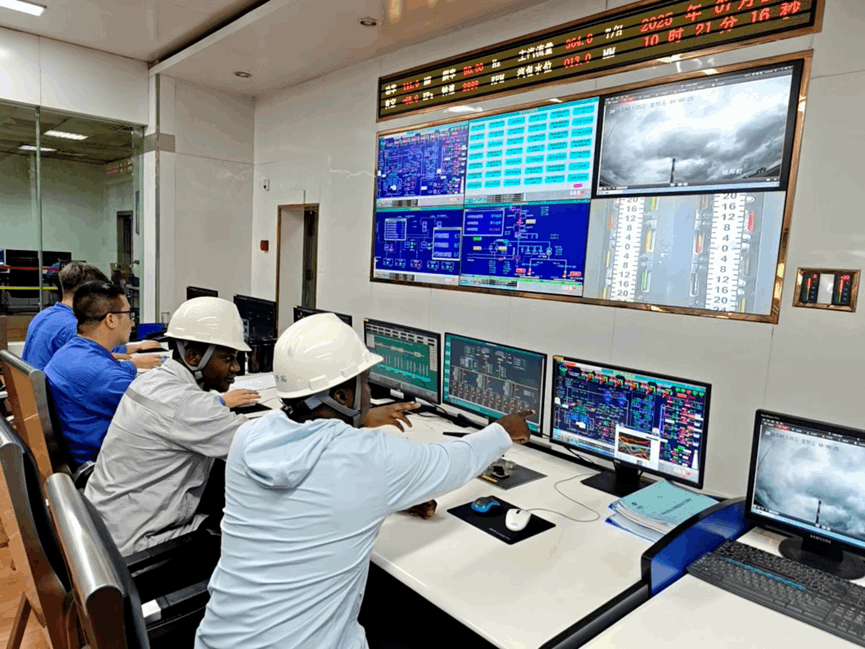
The program concluded with mutual expressions of respect and hope for future collaboration. The Zimbabwean team sang Taireva as a parting tribute—a heartfelt moment that captured the spirit of the visit.
“What we gained here isn’t just technical know-how,” said electrical engineer Blessing Rundogo. “It’s the confidence that our power sector can evolve—and that we’re not alone in that journey.”
Guo Qiang, a turbine inspection specialist from the Chinese side, echoed the sentiment: “We didn’t just host guests—we made friends and partners.”
A Living Bridge Under Belt and Road
This initiative is part of broader cooperation under the Belt and Road framework, which emphasizes not only infrastructure and trade but also capacity building and mutual understanding.
The Zimbabwean team returns home equipped with new skills, fresh ideas, and a deeper appreciation for international collaboration. As trainee Ayanda Mathe put it, “We came seeking knowledge. We leave with friendship—and that will sustain us long after the training ends.”
Editor’s Note:
The Hwange-Chongxin exchange reflects the growing role of people-to-people ties in South-South cooperation. It is a reminder that at the heart of every global partnership are individuals—learning, sharing, and building something greater together.
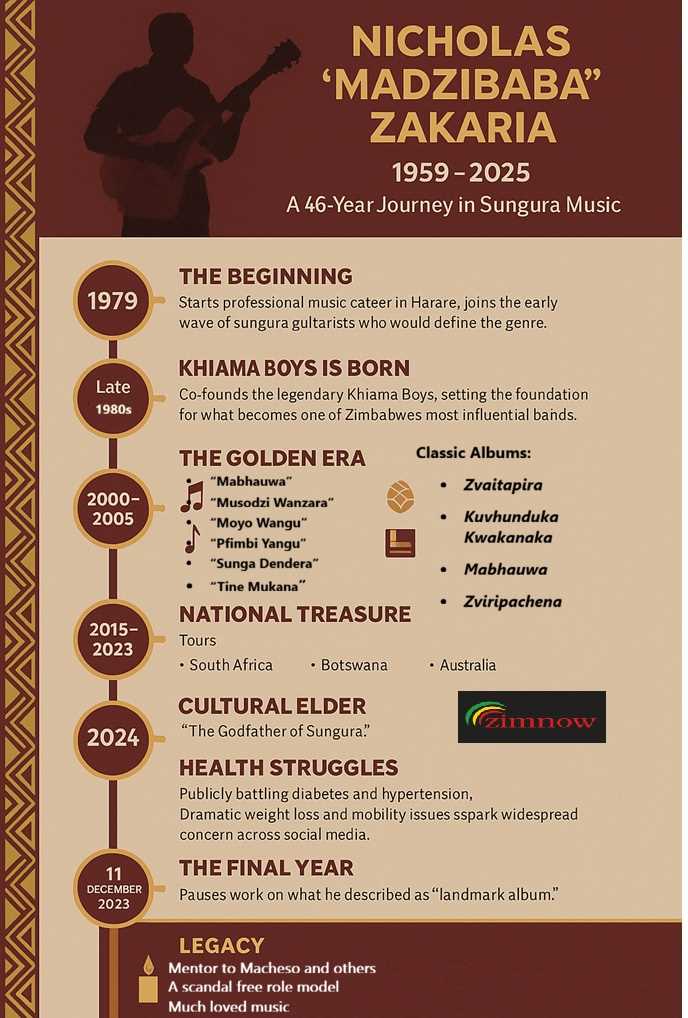


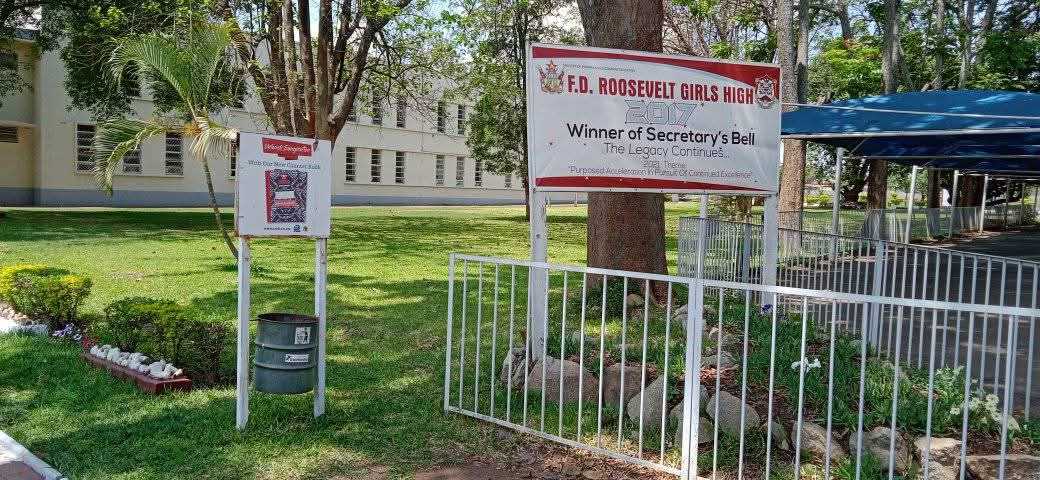



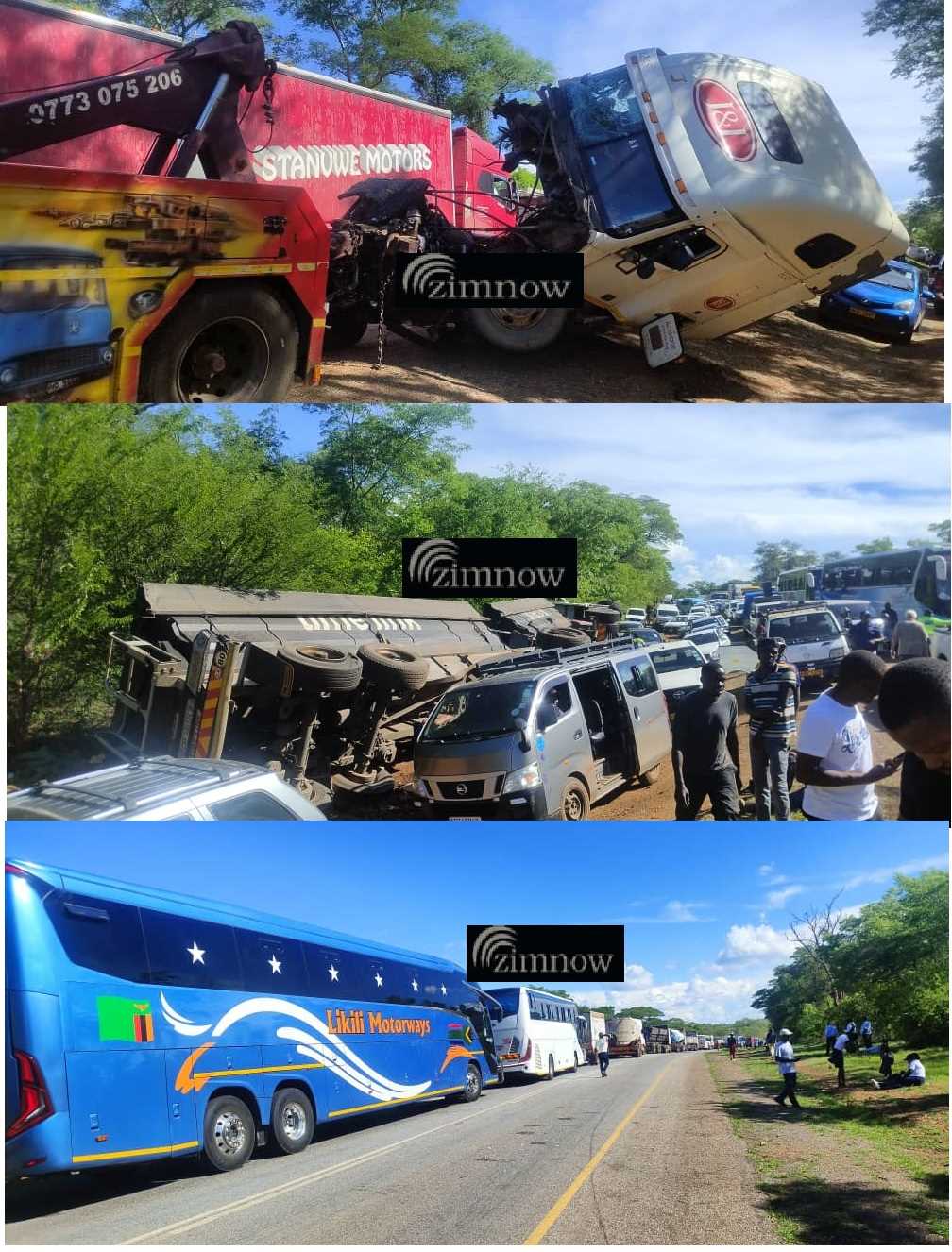




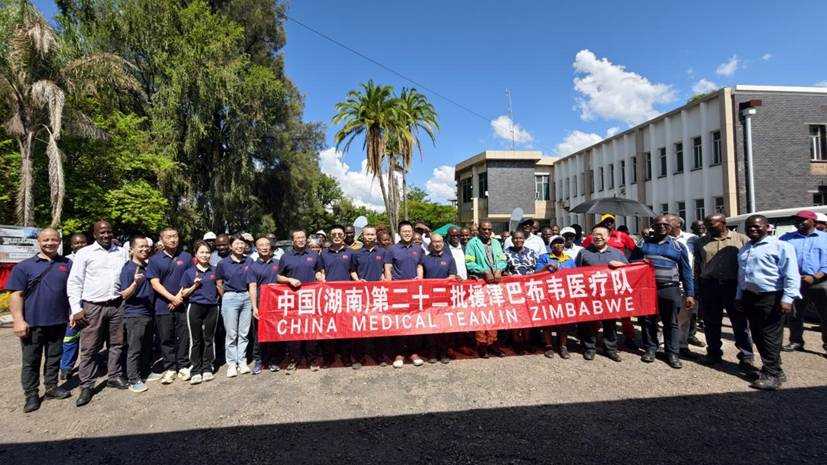



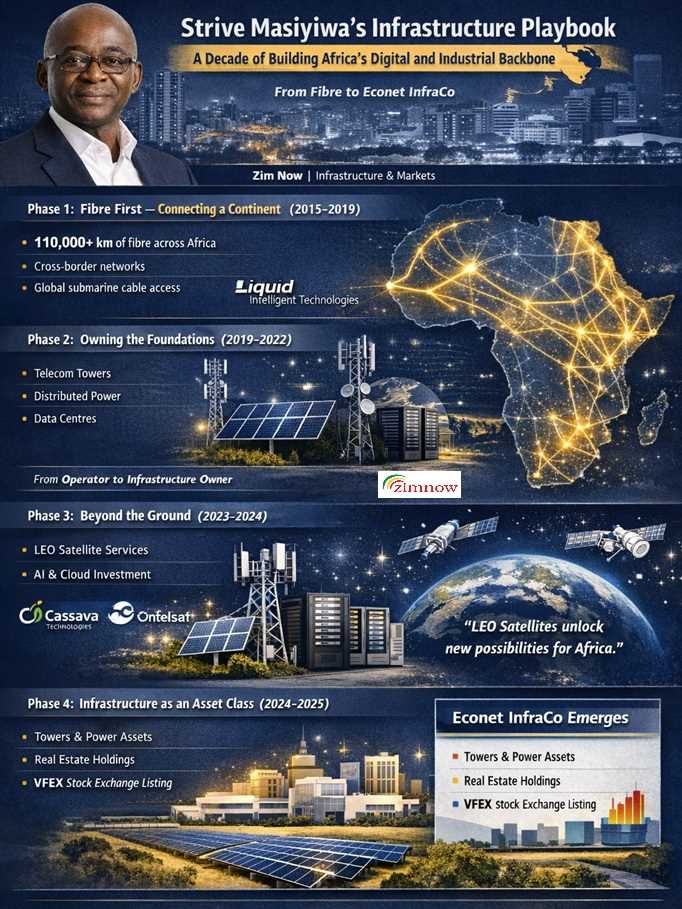



Leave Comments